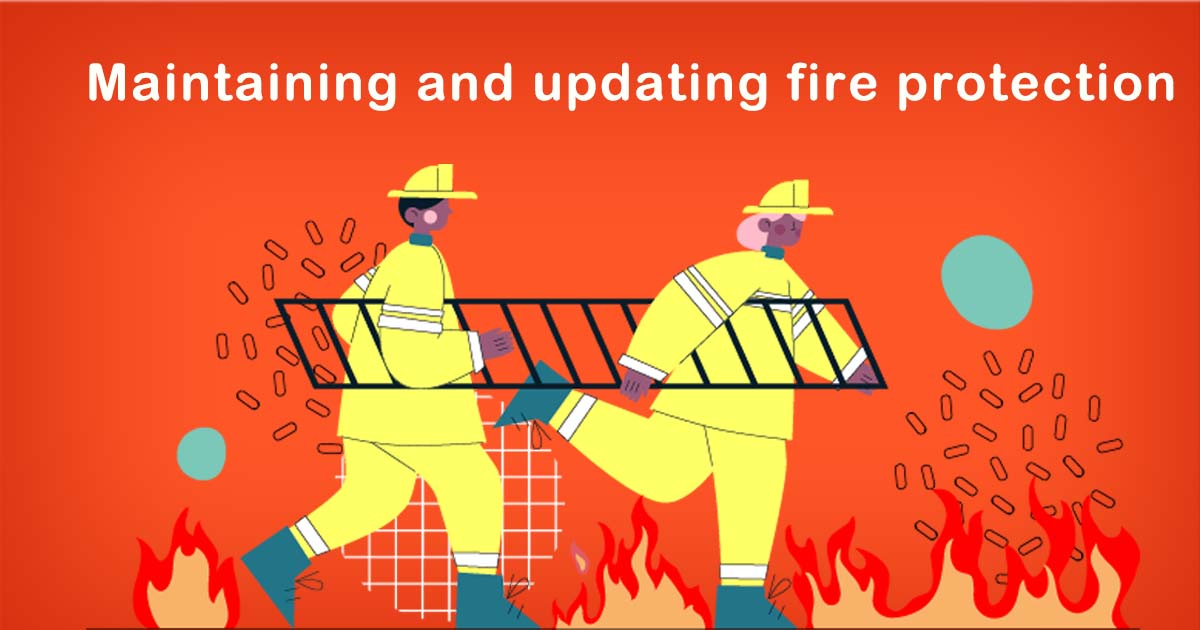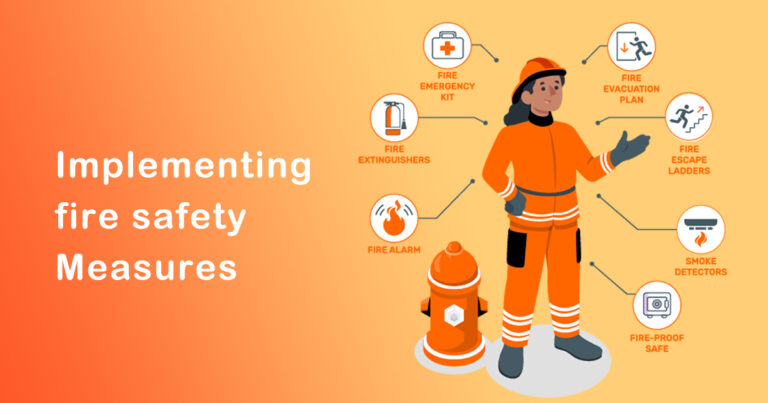Effective management of fire protection systems is crucial for ensuring safety in any building, be it a commercial or residential property. Such systems are designed to detect, suppress and extinguish fires in their early stages, preventing them from spreading and causing damage to life and property. In India, where the incidence of fire accidents is often reported due to outdated and poorly maintained fire protection systems, the need for an effective Enterprise Asset Management (EAM) system cannot be overemphasized. In this blog, we will discuss the role of EAM in maintaining and updating fire protection systems and explore some research and facts related to the Indian context.
Understanding EAM
EAM is a process that involves the management of an organization’s physical assets, including equipment, buildings, and infrastructure, to maximize their value and minimize costs associated with their maintenance and repair. In the context of fire protection systems, EAM involves the monitoring, maintenance, and updating of fire safety equipment to ensure its effectiveness and compliance with regulatory standards.
Role of EAM in maintaining and updating fire protection systems
Effective EAM is essential to ensure the optimal performance of fire protection systems. By implementing a robust EAM program, organizations can ensure that their fire safety equipment is well-maintained, regularly inspected, and updated as needed. Such a program can also help organizations to manage costs associated with equipment repair and replacement while minimizing downtime and disruption.
An effective EAM program for fire protection systems involves the following steps:
Risk Assessment
This involves a thorough assessment of the risks associated with a building’s fire protection systems. Risk assessment identifies potential hazards, evaluates the probability of a fire occurring, and determines the level of risk associated with different types of fire protection equipment.
Planning
Once the risks are identified, a plan is developed to address them. This plan outlines the necessary steps to ensure that fire protection equipment is updated and maintained.
Implementation
After the plan is developed, it is implemented through the maintenance of the fire protection equipment. This includes regular inspections, testing, and repairs as needed.
Monitoring
The effectiveness of the EAM program is monitored to ensure that it is meeting its objectives. This involves tracking equipment performance, identifying trends, and making adjustments to the program as needed.
Research and facts related to the Indian context
According to a report published by the National Crime Records Bureau, India witnessed 1,17,545 fire incidents in 2019, resulting in 1,299 deaths and 5,639 injuries. These figures highlight the need for effective fire safety measures in buildings. However, a study conducted by the Fire and Security Association of India (FSAI) revealed that only 5% of buildings in India comply with fire safety regulations.
The FSAI study also found that many fire protection systems in India are outdated and poorly maintained. This is a significant cause for concern, as outdated equipment is often less effective in controlling fires and can put lives and property at risk. A report published by the Bureau of Indian Standards (BIS) stated that 90% of fire accidents in India occur due to a lack of maintenance or improper maintenance of fire protection systems.
Conclusion
In conclusion, the role of EAM in maintaining and updating fire protection systems cannot be overemphasized. By implementing an effective EAM program, organizations can ensure that their fire protection systems are well-maintained, up-to-date, and compliant with regulatory standards. This is especially important in the Indian context, where outdated and poorly maintained fire protection systems contribute significantly to the incidence of fire accidents. As such, it is essential that organizations in India take the necessary steps to implement effective EAM programs to ensure the safety of occupants and prevent property damage caused by fires.








